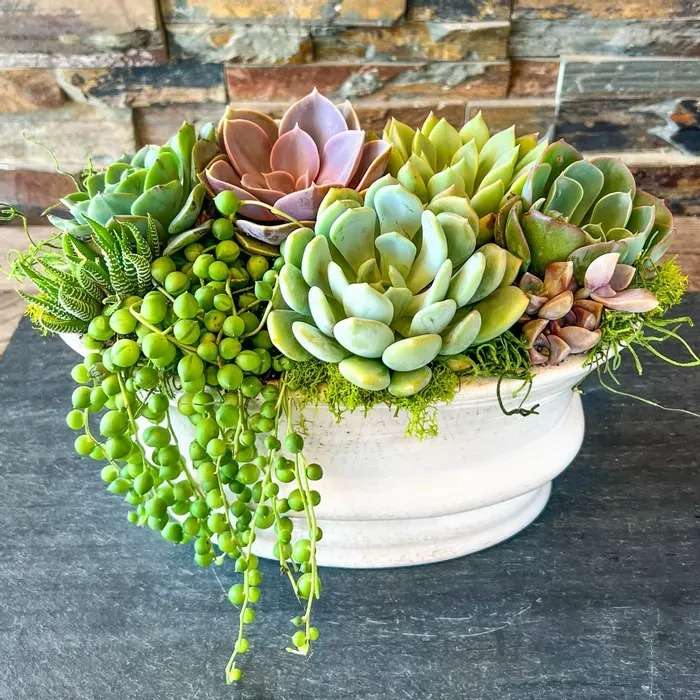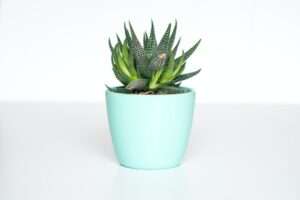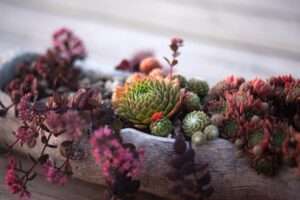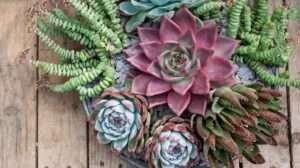Succulents have become incredibly popular in recent years, and it’s not hard to see why. These unique plants come in a wide variety of shapes, sizes, and colors, making them a favorite among plant enthusiasts and collectors. One of the most fascinating aspects of succulents is their ability to thrive in low-light conditions. While many plants require direct sunlight to grow, succulents have adapted to survive in environments with limited access to light. In this article, we will explore the world of low-light succulents and discover how to care for them to ensure their health and beauty.
What are Low-Light Conditions and Why are They Important for Succulent Growth?
Low-light conditions refer to areas where there is limited access to natural sunlight. This can include rooms with small windows, shaded areas in the garden, or even indoor spaces without any windows at all. While most plants require direct sunlight for photosynthesis, succulents have evolved to store water in their leaves, stems, and roots, allowing them to survive in environments with less light.
Low-light conditions are important for succulent growth because they mimic the natural habitats where these plants originate from. Many succulents are native to arid regions with intense sunlight during the day but cooler temperatures and less light during the night. By providing low-light conditions, we can recreate these natural environments and help our succulents thrive.
The Best Low-Light Succulents to Grow Indoors
1. Snake Plant (Sansevieria): Snake plants are known for their striking upright leaves that come in various shades of green and yellow. They are incredibly resilient and can tolerate low-light conditions, making them perfect for indoor spaces with limited sunlight.
2. Zebra Haworthia (Haworthia fasciata): Zebra Haworthia is a small succulent with distinctive white stripes on its leaves. It is a slow-growing plant that thrives in low-light conditions, making it an excellent choice for offices or rooms with small windows.
3. Aloe Vera (Aloe barbadensis): Aloe vera is a popular succulent known for its medicinal properties. It can tolerate low-light conditions but still requires some indirect sunlight to thrive. Place it near a window or in a well-lit room for best results.
4. Christmas Cactus (Schlumbergera): Despite its name, the Christmas cactus is not actually a cactus but a succulent. It blooms beautiful flowers during the holiday season and can tolerate low-light conditions, making it a great addition to any indoor collection.
Tips for Choosing the Right Pot and Soil for Your Shady Succulents
Choosing the right pot and soil is crucial for the health and growth of your low-light succulents. When selecting a pot, opt for one with drainage holes to prevent water from pooling at the bottom, which can lead to root rot. Additionally, choose a pot that is slightly larger than the current size of your succulent to allow room for growth.
When it comes to soil, succulents prefer well-draining soil that allows excess water to flow through easily. A mix of potting soil, perlite, and sand is ideal for low-light succulents as it provides good drainage while retaining some moisture. Avoid using regular garden soil as it tends to be too heavy and can lead to root rot.
How to Water Your Succulents in Low-Light Conditions
Watering succulents in low-light conditions requires a delicate balance to avoid overwatering or underwatering. In general, succulents in low-light conditions require less frequent watering compared to those in brighter environments.
To water your low-light succulents, wait until the top inch of soil is completely dry before watering. When watering, thoroughly saturate the soil until water drains out of the bottom of the pot. This ensures that the roots receive enough moisture without sitting in water for too long.
The Importance of Proper Drainage for Shady Succulents
Proper drainage is essential for the health and survival of succulents, especially in low-light conditions. Without proper drainage, excess water can accumulate in the soil, leading to root rot and other issues.
To ensure proper drainage, use a pot with drainage holes and a well-draining soil mix. Additionally, avoid using saucers or trays underneath your pots to catch excess water, as this can lead to waterlogged soil. Instead, place your pots on a tray filled with pebbles or gravel to elevate them and allow excess water to drain away.
Understanding the Role of Fertilizers in Low-Light Succulent Growth
Fertilizers play a crucial role in the growth and health of succulents, even in low-light conditions. While succulents are adapted to survive in nutrient-poor environments, they still benefit from occasional fertilization to promote growth and flowering.
When choosing a fertilizer for your low-light succulents, opt for a balanced formula with equal amounts of nitrogen, phosphorus, and potassium (NPK). Dilute the fertilizer to half strength and apply it once every two to three months during the growing season. Be careful not to over-fertilize, as this can lead to burnt roots and other issues.
Common Problems and Solutions for Growing Succulents in Low-Light Conditions
1. Stretching: Stretching occurs when succulents grow tall and leggy in search of more light. To prevent stretching, provide your low-light succulents with as much indirect sunlight as possible or consider using artificial grow lights.
2. Yellowing leaves: Yellowing leaves can be a sign of overwatering or lack of sunlight. Adjust your watering schedule and move your succulents to a brighter location if necessary.
3. Root rot: Root rot is caused by overwatering and poor drainage. To prevent root rot, ensure that your pots have drainage holes and use a well-draining soil mix.
Creative Ideas for Displaying Your Shady Succulent Collection
Displaying your low-light succulent collection can be a fun and creative way to showcase their beauty. Here are some ideas to get you started:
1. Wall-mounted planters: Hang wall-mounted planters filled with low-light succulents to create a living wall art installation.
2. Terrariums: Create a mini succulent garden in a glass terrarium for a unique and eye-catching display.
3. Hanging baskets: Hang baskets filled with low-light succulents from the ceiling or on walls to add greenery to any space.
Conclusion: The Potential for Beautiful and Healthy Succulents in Any Lighting Environment
In conclusion, low-light conditions should not deter you from growing succulents. With the right care and attention, these fascinating plants can thrive in any lighting environment. By choosing the right low-light succulents, providing proper potting and soil, watering correctly, ensuring proper drainage, and understanding the role of fertilizers, you can create a beautiful and healthy collection of succulents that will bring joy and beauty to your home or office. So don’t be afraid to experiment with low-light conditions and discover the potential of these amazing plants.
If you’re wondering whether succulents can grow in shade, you’ll be happy to know that there are actually quite a few varieties that thrive in low-light conditions. In fact, some succulents prefer shade over direct sunlight. If you want to learn more about which succulents can flourish in shady areas, check out this informative article on girlsgist.com. It provides a comprehensive guide on how to care for shade-loving succulents and offers valuable tips for their successful growth.

















Add Comment